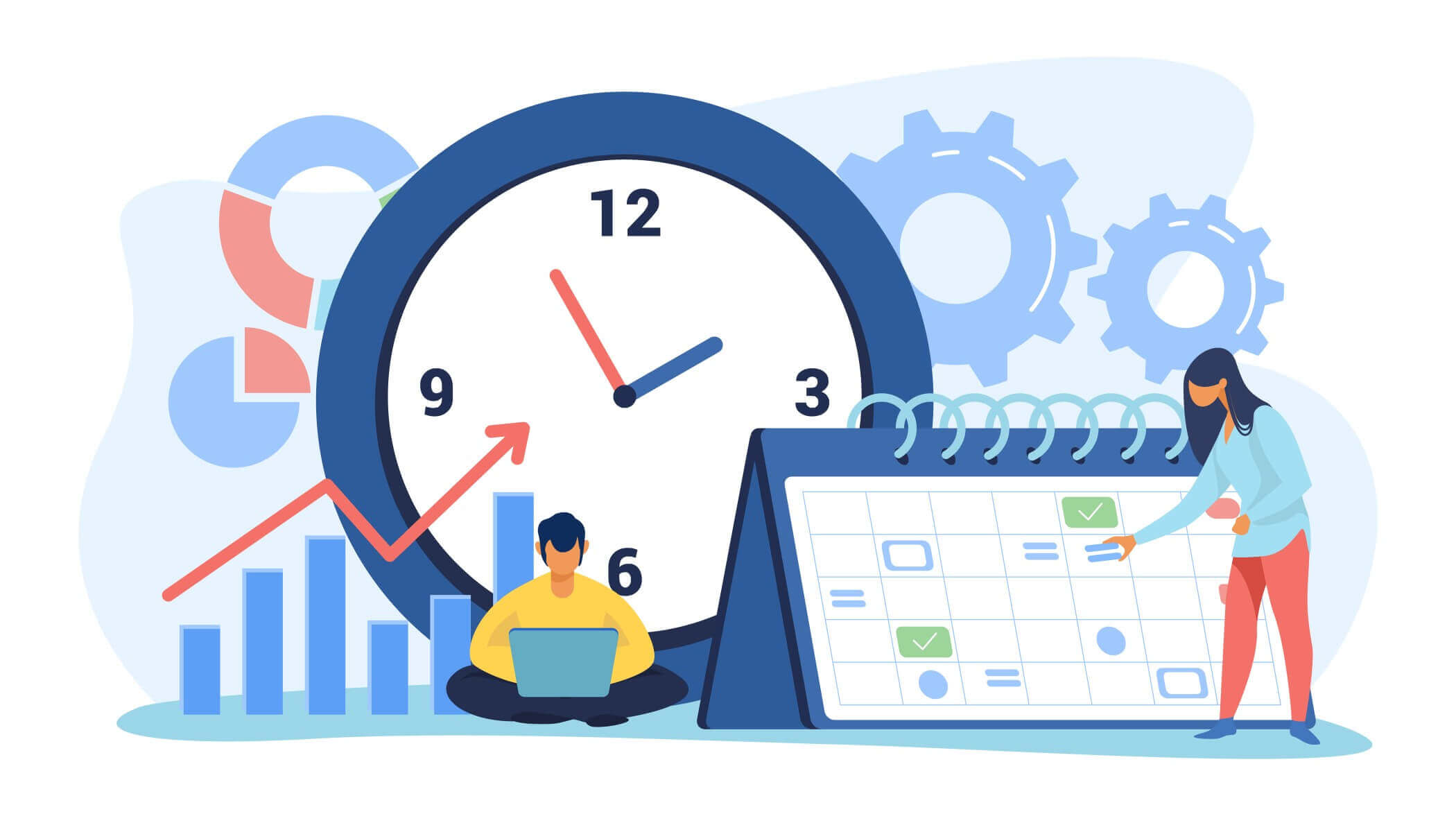How Does Manual Timesheet Systems Work?
How Does Manual Timesheet Systems Work?
With the proliferation of remote working, the need for tracking employee work hours is growing. Unlike physical offices, there are no biometric attendance systems or registers that can accurately track how many hours employees have worked. Therefore, you need something else for remote employee
One of the best solutions is manual timesheet software. These are cloud-based applications designed for businesses to track the work hours of remote employees. In this article, learn how these systems work and how they can help your business.
Also Read – What Are Top 10 FAQ’s about Employee Time Tracking Software?
The manual timesheet tracking is a three-step process broadly. There are multiple sub-processes within each process. But for the sake of simplicity for this article, let’s be concerned with the three broad steps, which are:
- Creating timesheets
- Managing timesheets on the cloud
- Preparing reports and invoices
Now, it’s time to explore each process in detail.
Check out how does manual timesheet systems work as below –
1. Creating Timesheets –
The first process is all about creating timesheets. These are digital timesheets stored on the computer (or on the cloud, to be precise).
When you sign up for a timesheet service, it will offer you a way to install the timesheet tracker on your employees’ computers. This can be either a browser extension, a mobile app, or a desktop app. The employees have to install them on their respective devices.
Once installed, they’d be given a unique ID that will be used for tracking purposes.
Among other things, the software will have a stopwatch. It will calculate the minutes and hours the employees have worked. Since it’s a manual timesheet, the employees need to start and stop the stopwatch. So, they’ll hit the “Start” button when they start working.
When there’s a break, they need to hit the “Pause” button, and the stopwatch will stop. Once the employees are back on their desk, they can hit the “Resume” button, and the stopwatch will start again. Some software also has a swipe feature to control the stopwatch.
This way, the application can track the remote employees’ work hours. They just have to start and stop the stopwatch. It will automatically log the working time.
Some of the information that the timesheet will contain are:
- Job and project costing
- GPS location
- Notes
- DCAA compliant audit log
Depending on the particular needs of your business, you can have more fields in the timesheets.
2. Managing Timesheet on the cloud –
Once the timesheets have been created, the process is all about managing them. The timesheets created at employees’ end are synced with a cloud system. This system works like a central storage for these timesheets. Admins and HR managers can access, track, and edit these timesheets if required.
The records can stay on the cloud for as long as you want. So you can retrieve someone’s work hours on 15th November of last year if it’s available. Or else, you can delete them after use to free the storage.
3. Preparing Reports and Invoices –
The final process of the manual timesheet software has to do with preparing the reports. These reports detail how many hours the remote employees have worked each day. Along with that, the report will have the following details:
- What their break hours were
- What project they have worked on and completed successfully
- The days they were absent
You can have more details based on how you’ve set up the timesheets. You can download and share the reports with the employees to review them at their end. For downloading purposes, you can choose from multiple formats like CSV and PDF.
4. Benefits of Manual Timesheets –
There are several benefits of using manual timesheets for your business. Some of them are:
- Automated process –
Other than employees starting and stopping the stopwatch, every other process is automated. You can track your remote employees without much manual intervention. This process might be even more efficient than tracking in-house employees. After that, you can send out invoices automatically for approvals.
- Lower administrative cost –
Manual timesheets are a way to save costs in operating your business. Since everything is automated, you have to spend less time managing them. Furthermore, there’s no need to purchase physical papers, registers, or biometric systems.
- Adherence to corporate guidelines –
You can integrate the timesheets into your Knowledge Management System. So whenever a remote employee has any question on how to operate the systems correctly, they can access the information. This ensures the employees or contractors always comply with the corporate guidelines even if they’re working remotely.
Most manual timesheet software comes with a free trial. You can use them for a certain period to check if it’s the right kind of investment for you. Most businesses see immediate results. They’re able to manage the payroll better and go on to purchase a paid license. You can expect the same for your business too.
Also Read – Top 5 Video Chat Apps That Are Useful For Social Distancing





